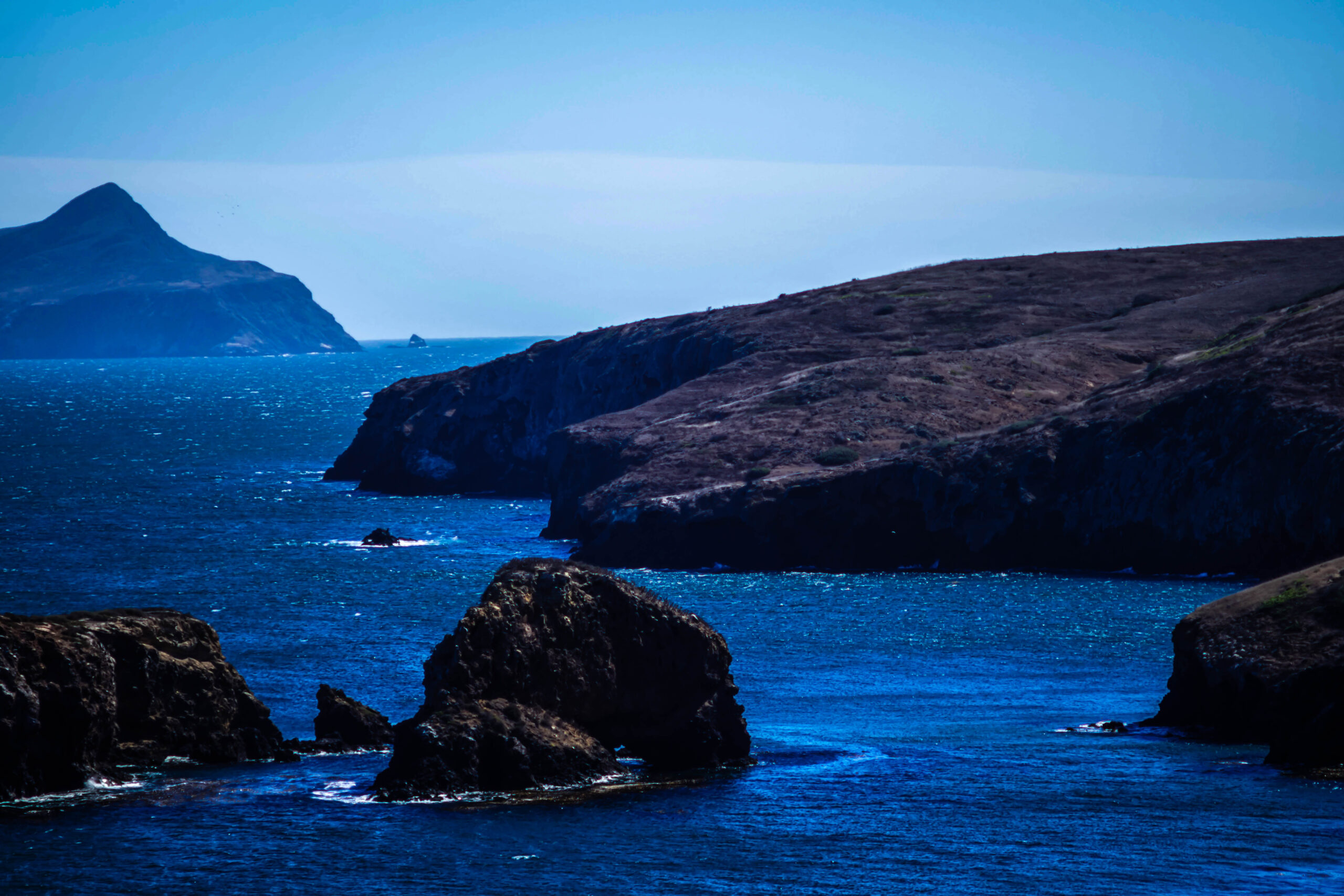
Santa Cruz Island, California

Our family seems to really like the Channel Islands off of the California coast. In the last few years, all eight adults have visited these islands at least once and some of us have gone more than two or three times. So, we have a lot of pictures. I picked out a few that I think are interesting in the context of the unique natural characteristics of the islands and also from the perspective of taking a cool field trip.
The Galapagos of California
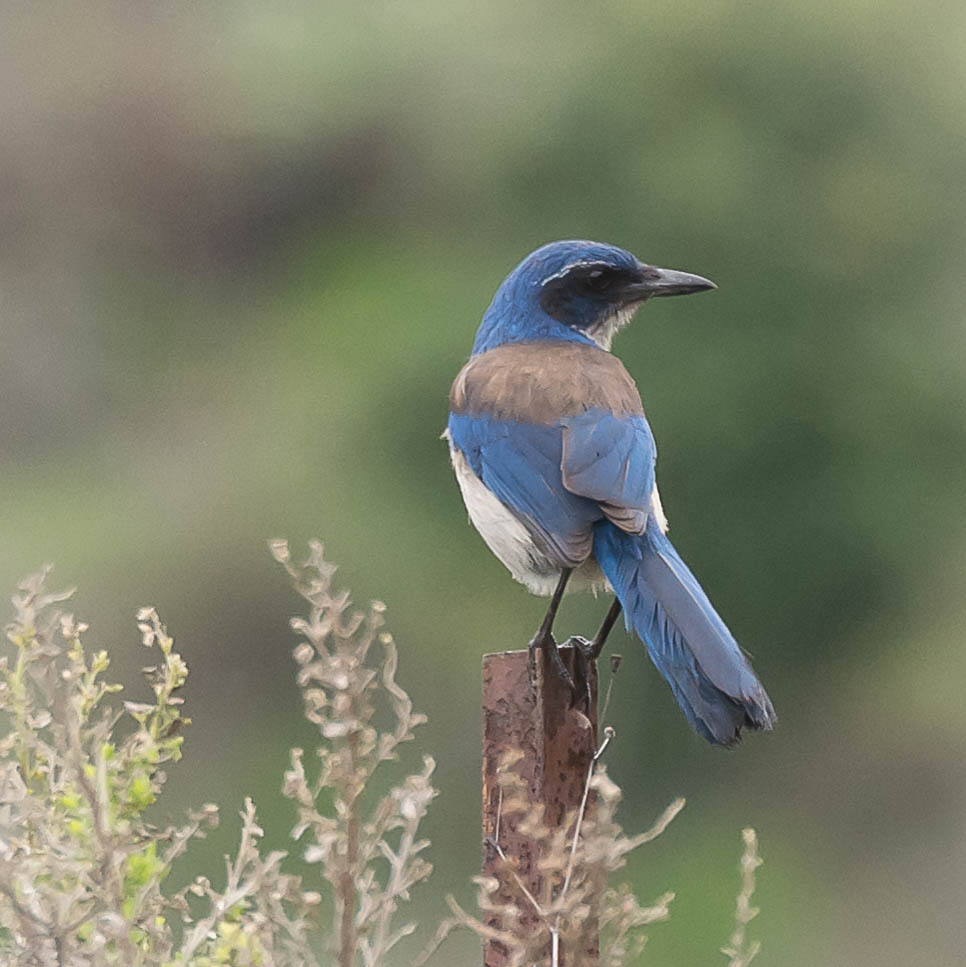
The islands are isolated from the mainland, but not too isolated. The result has been the development of 145 endemic species, of which 60 are found on Santa Cruz Island. Endemic species are plants or animals that exist only in one geographic region. The Island Scrub Jay is a close relative of the California Scrub Jay. The Island Scrub Jay is a little bigger than its mainland cousin and has slightly brighter colors and a thicker beak. Even if you are a veteran birder, you might say, “Yeah right! Is that really enough to tell them apart?” The real key for identification is location. If you are on Santa Cruz Island, it’s an Island Scrub Jay. Birders come from around the world to Santa Cruz Island primarily to see this bird.

The jay is the only distinct endemic bird species on Santa Cruz. The other endemic birds are classified as subspecies. The Island Loggerhead Shrike is one of these subspecies. Loggerhead shrikes are found throughout the continental U. S., but the ones on the Channel Islands are genetically distinct from the mainland birds.
A near catastrophe
The most photographed endemic species is the Island Fox. They are cute and clever and not too afraid of humans. If you leave food out, they will steal it in minutes, so don’t ever do that. They also will sneak up on an unattended backpack and steal shiny objects from it.
The fox underwent a catastrophic decline in the 1990s and was almost gone by 2000. By then there were only fifteen of the foxes on San Miguel and Santa Rosa Islands and eighty on Santa Cruz Island. The cause was hunting by Golden Eagles. Golden Eagles were always in very low numbers on the Channel Islands and did not breed there. They are larger than Bald Eagles, and whereas Bald Eagles eat primarily fish, Golden Eagles are great hunters of small mammals. The combination of DDT wiping out the Bald Eagle population (removing a competitor to the Golden Eagles) and the presence of ungulates (hoofed animals such as sheep, pigs, horses, and cattle) on the island as a food source caused the Golden Eagles to flourish and start breeding on the islands. They almost wiped out the foxes.
The cure was the removal of the Golden Eagles and the ungulates, together with the captive breeding of some of the foxes. Recently the Bald Eagles are back, and the foxes have rebounded nicely. The fox population is now stable enough that the special conservation programs are no longer needed.
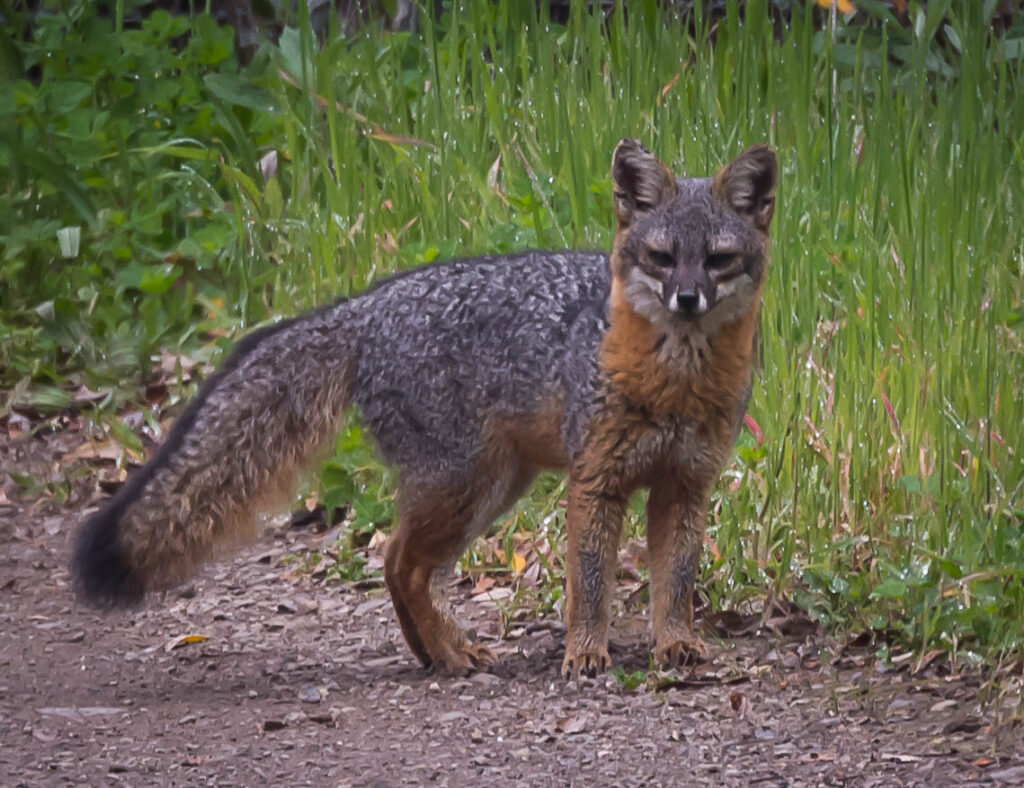
The boat ride out
For me, the boat ride out and back is one of the highlights of the trip. I got really, really lucky on my first trip, which was on February 28 of 2019. It was a pleasant warm day with very little wind or waves. The height of the spring migration was going on, so the channel between the mainland and the islands was full of birds, dolphins, and whales. Our captain stopped the boat frequently to show us big flocks of birds fishing on the surface. We also saw a Grey Whale, dolphins jumping through the waves, and a pair of Pacific White-sided Dolphins.
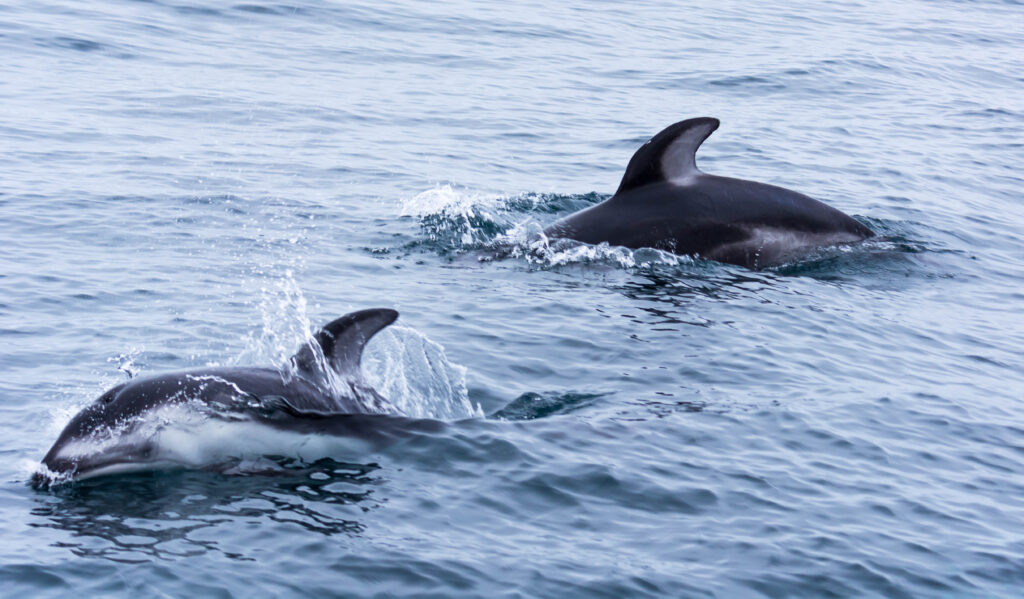
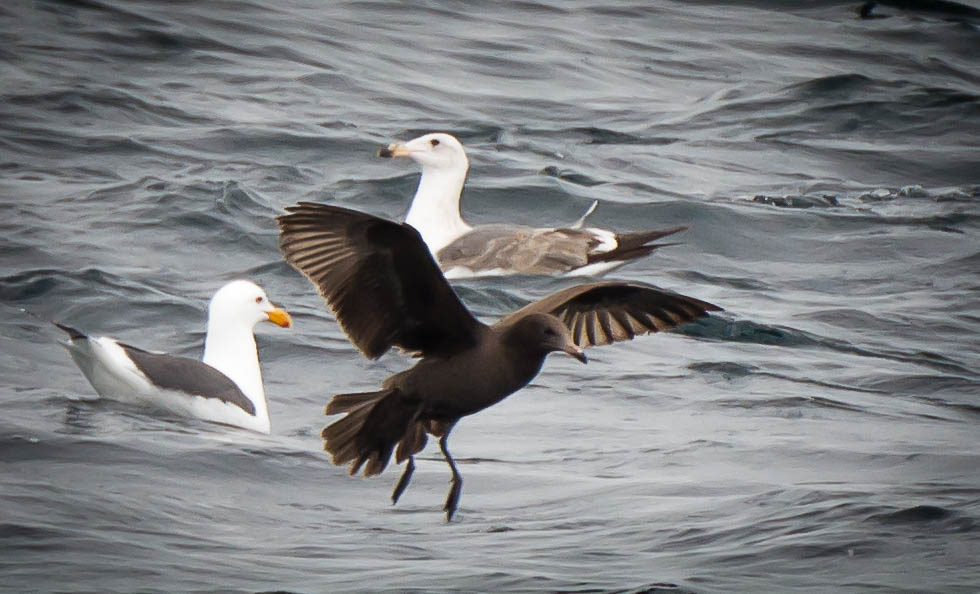
There were lots of shearwaters on the waves that day. Most of them were the fast-flying Black-vented Shearwaters and the larger Sooty Shearwaters. I picked this bird to show because the Flesh-footed Shearwater is a much rarer bird to see. The identifying field marks are its overall dark color (Pink-footed Shearwater has lighter underparts) and its pinkish black-tipped bill (Sooty Shearwater has a long dark bill).
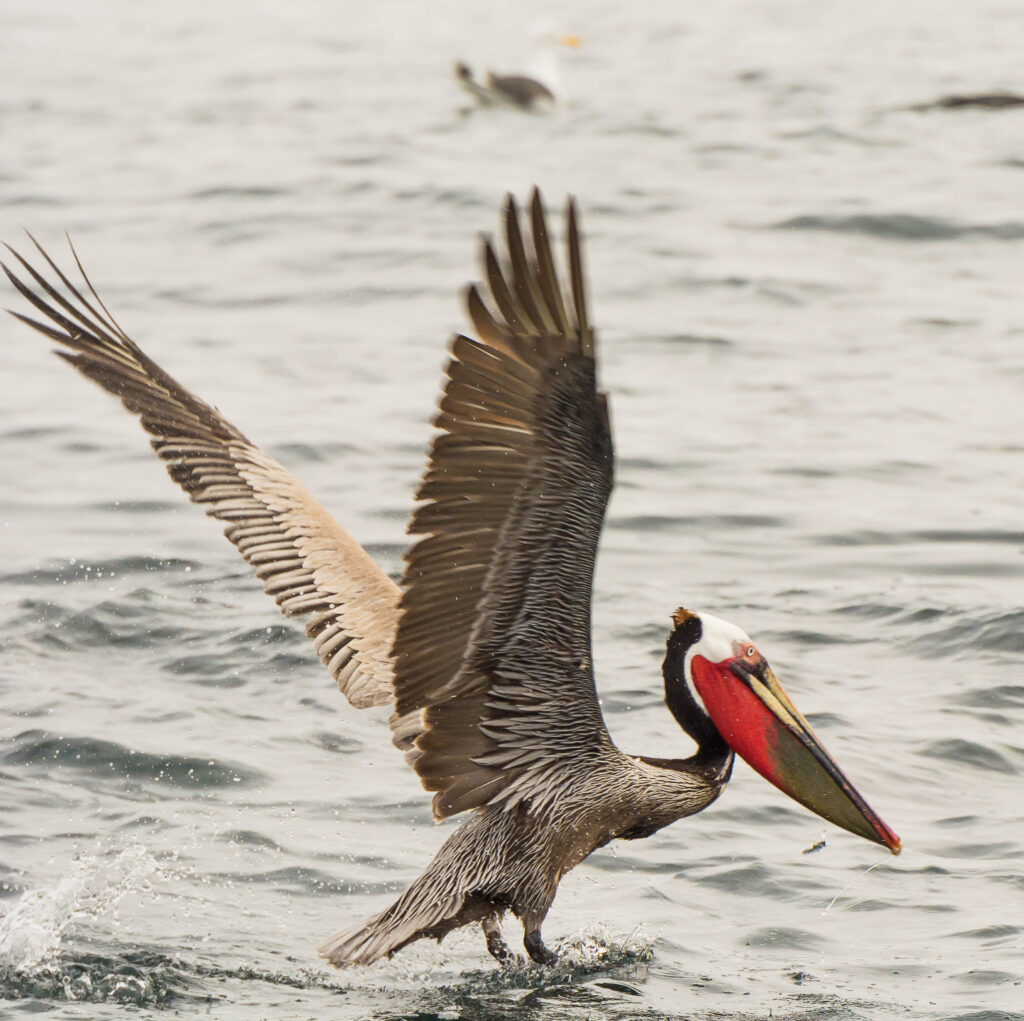
I thought every trip out was going to be like my first trip. Nope. In July of 2019, when Chris and I went together, the boat ride was pleasant, but there was hardly any wildlife in the channel. When Matt, Rachel, Will, and Kathryn went together this October, the wind was so strong, and the water was so choppy that the captain almost cancelled the trip. That trip out was rough.
The natural beauty of the island
The islands were in crisis in the 1980s and 1990s. The remnants of a ranching business on the islands left feral pigs and sheep behind. Much of the native plant and wildlife was endangered. The U. S. National Park Service and The Nature Conservancy can both claim a great deal of credit in making these islands a shining example of a successful island restoration. The islands currently give a glimpse into what California was like hundreds of years ago.
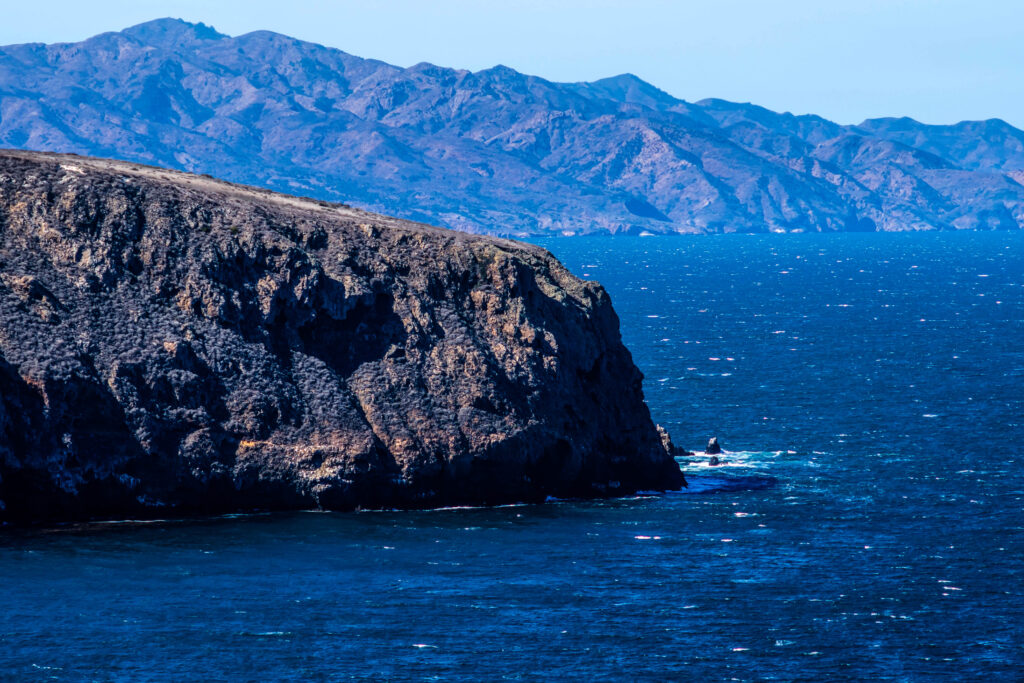

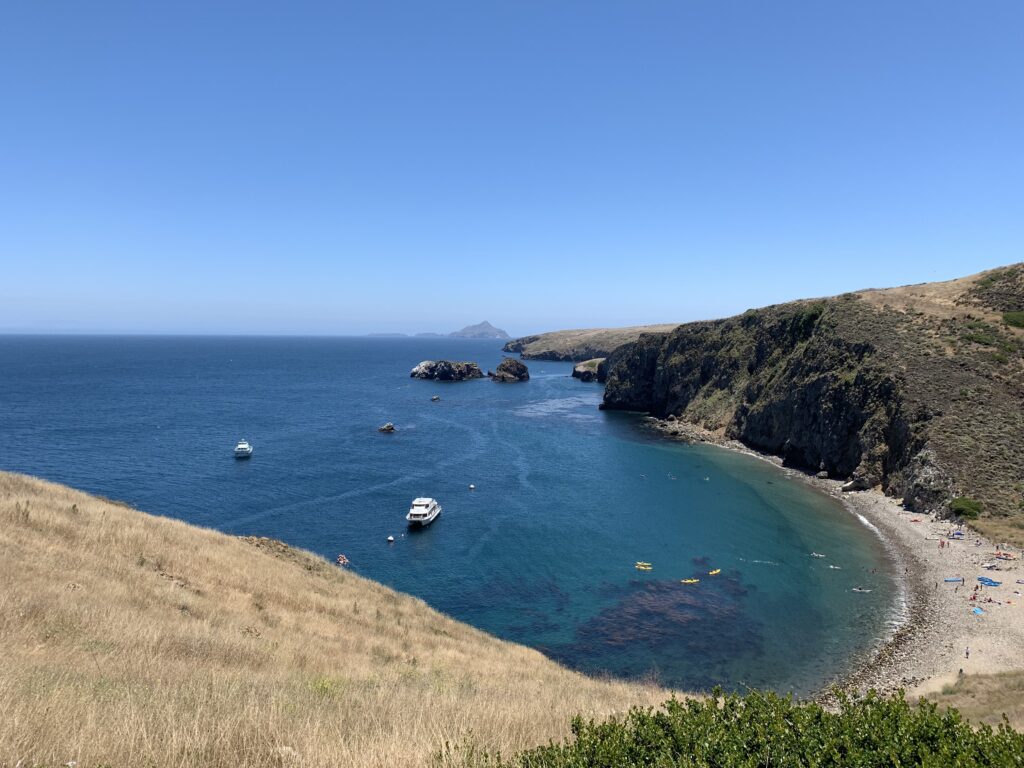
Camping, Hiking, Kayaking, Snorkeling
There is a lot more to do on Santa Cruz Island besides birding. It is rough with few buildings, but the campground is pleasant and well-cared for. It is located a short hike from the boat dock. There are kayak rentals. You need to bring all your own food and drinks.
One of the most popular activities is hiking. You can charge off into the interior and climb up into the surprisingly steep hills. That was my favorite hike. There are trails that snake along the top of the cliffs and give a shockingly high view of the ocean below. I have a fear of heights and had a bad time on those trails, but Chris loved them. Sometimes the guides on the chartered boats have permission to go into the Nature Conservancy section of the island. That’s a good hike if you can get it.
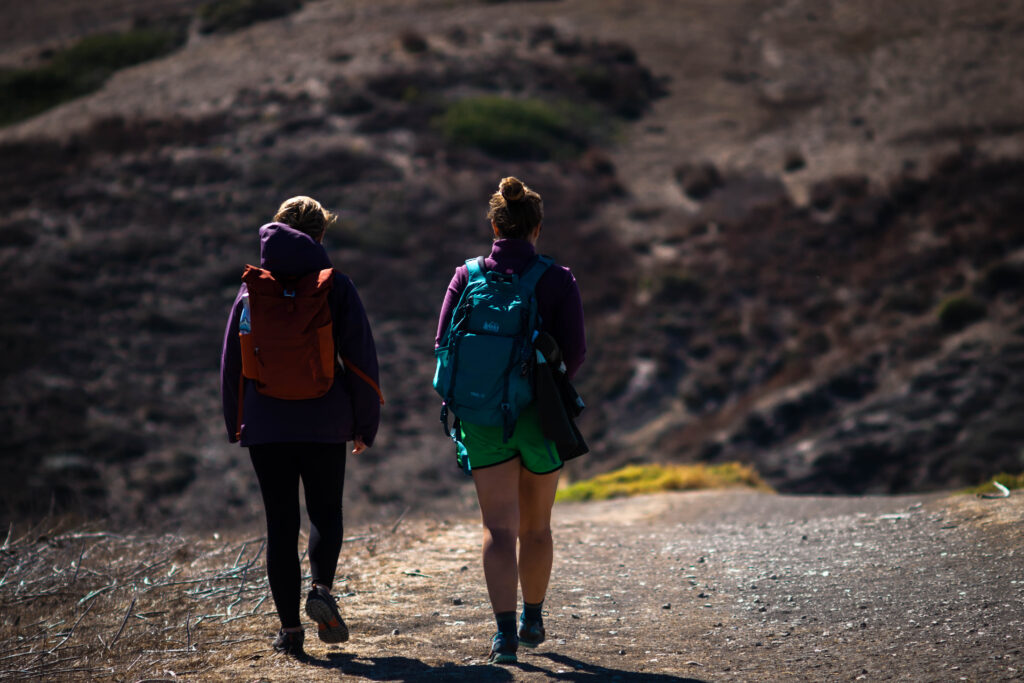
If you are doing kayaking, you can paddle into Painted Cave, which is one of the world’s largest sea caves, extending over 1200 feet into Santa Cruz Island. Or you can kayak along the shore and see sea lions and grebes.
Fishing is good around the island and off the island but remember that this is a National Park and find out what the regulations are before you start. Of course.
Snorkeling and scuba diving are so popular on these islands that there are boat excursions specifically for those activities.
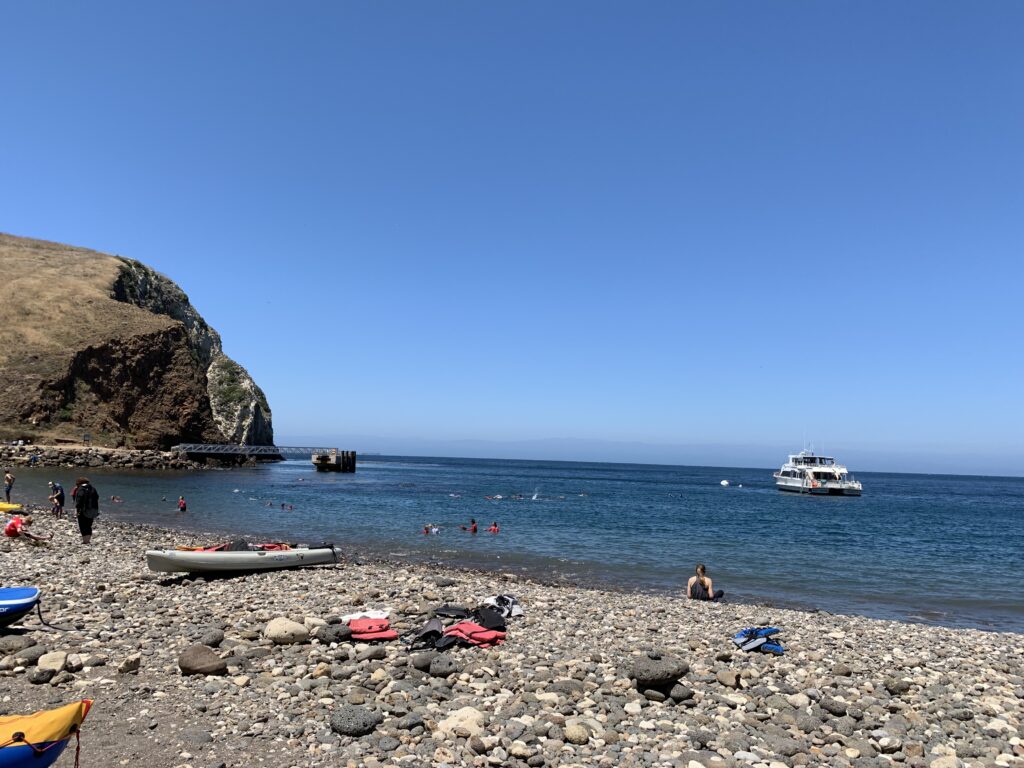
The boat trip back
If you aren’t camping out, the trip back will start before you want to leave. It’s about an hour each way, so your time on the island will be from four to six hours.
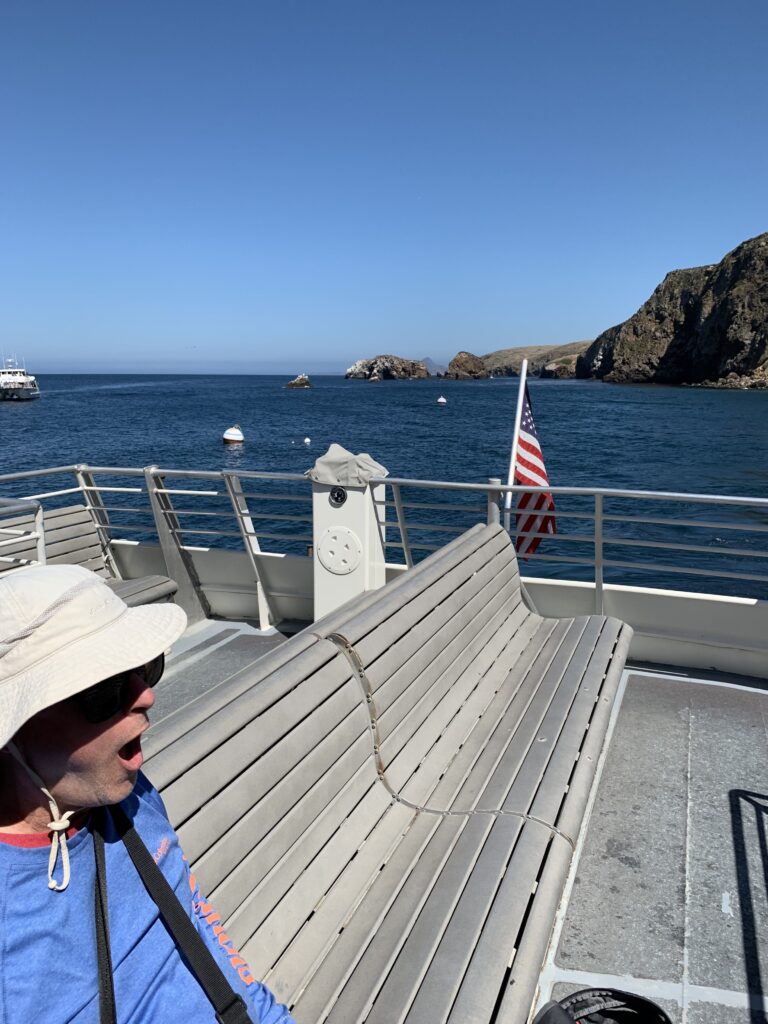
Chris took this picture on the boat as we were getting ready to leave. I’m not sure why my mouth is open. Did someone drop an ice cube down the back of my shirt? Is Chris doing something shocking that surprised the heck out of me? Is there a pompous Hollywood actor practicing his quickdraw technique in front of me? We don’t know. Also, why is there no one else in the back of the boat? What’s up with that?